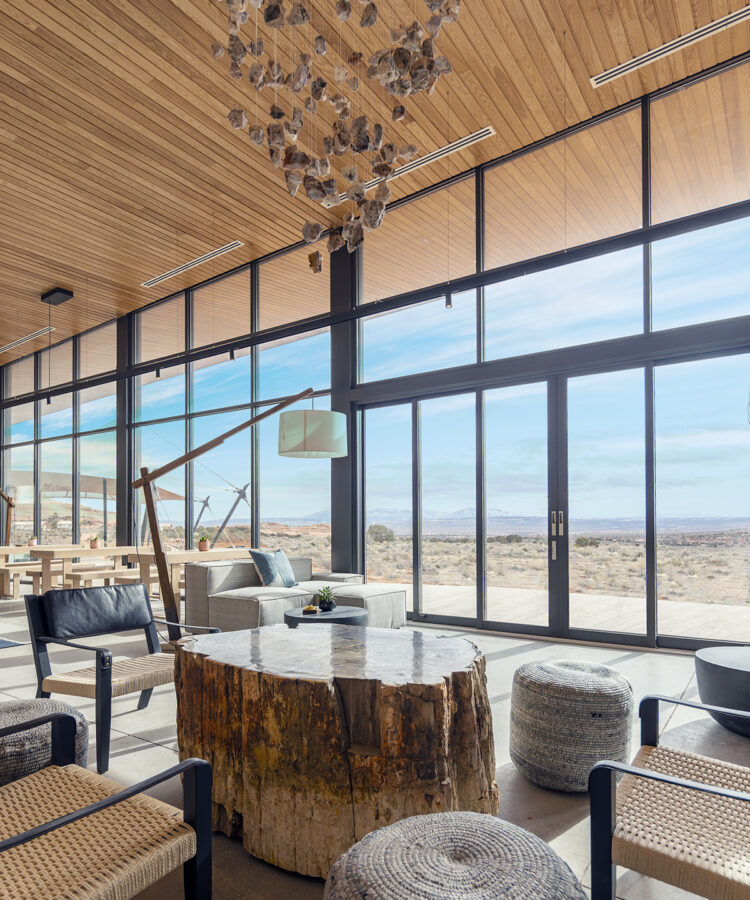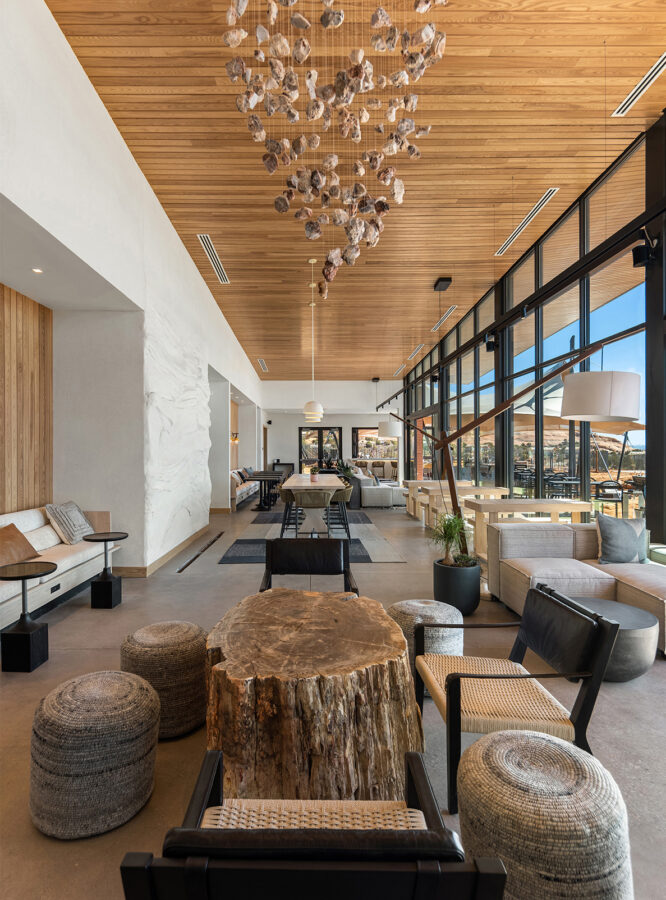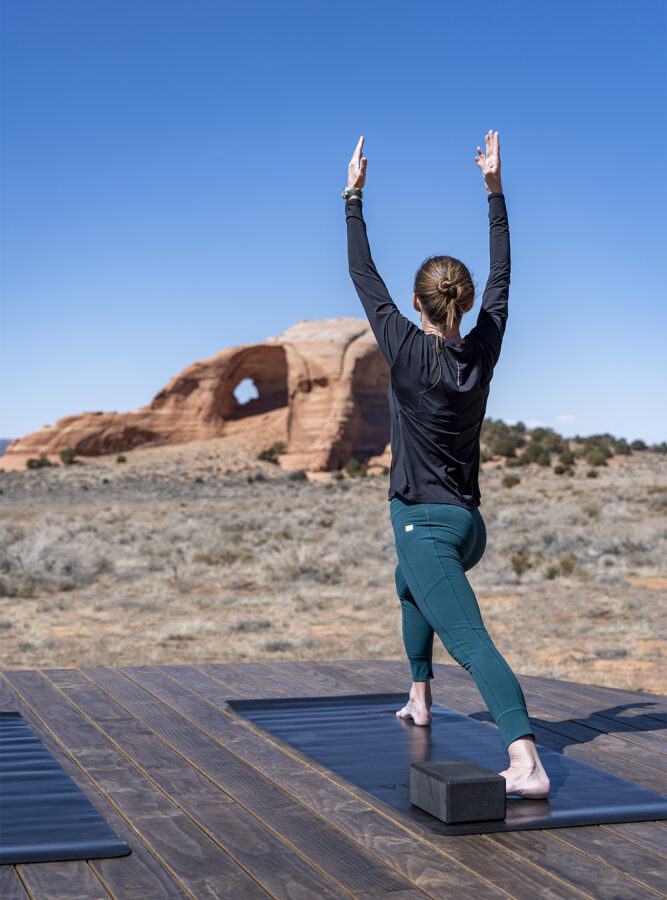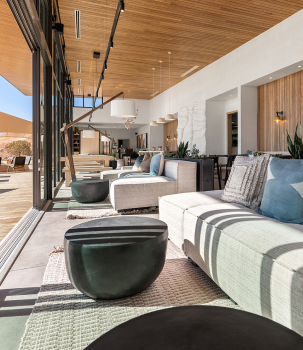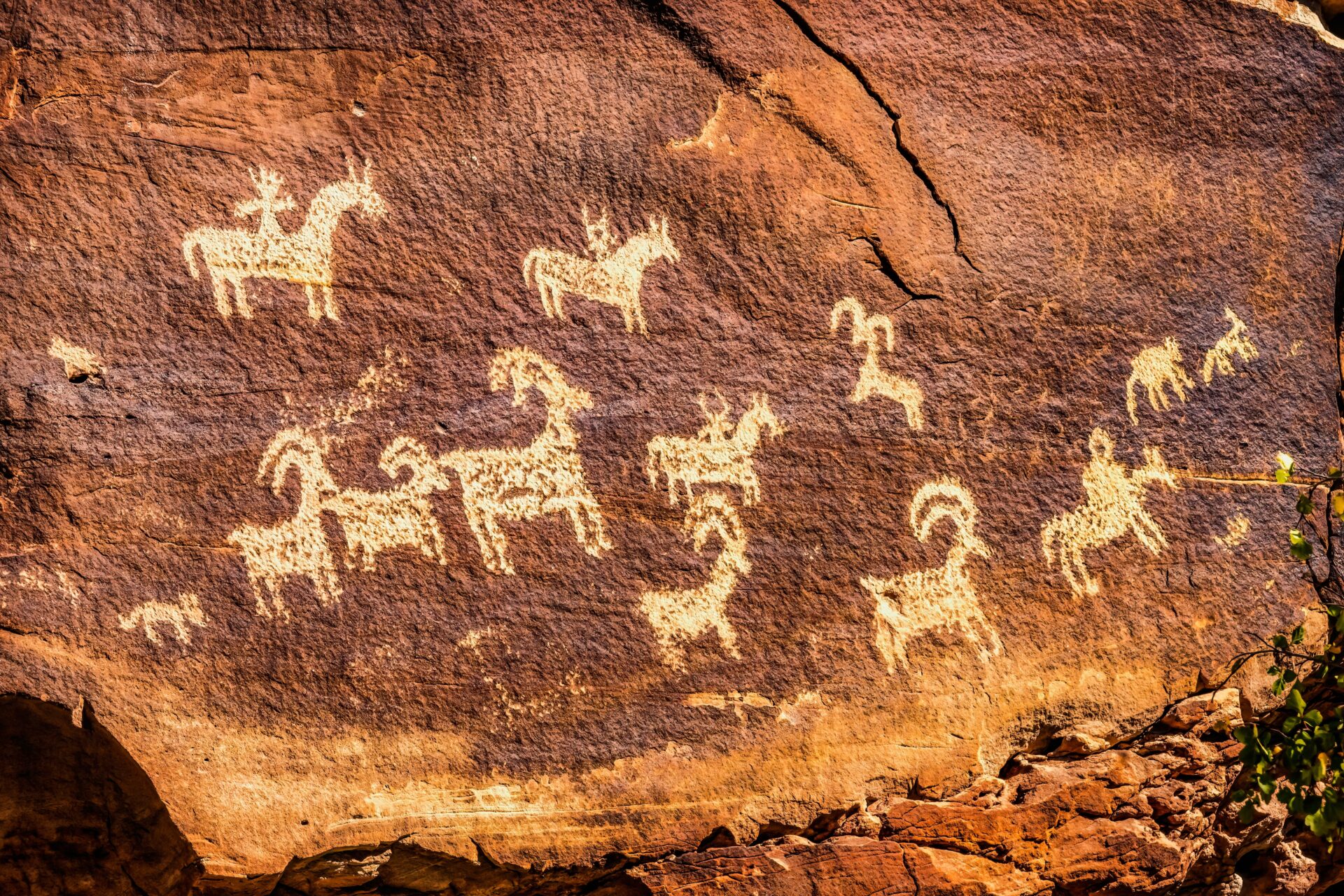
Petroglyphs in Moab: History and Where to See Them
Within Moab’s stunning landscapes lies a treasure trove of ancient art: petroglyphs. These intriguing carvings offer a window into the lives of the region’s earliest inhabitants, telling stories through stone that have endured for thousands of years. For families and history enthusiasts, this guide unveils the best places to discover Moab’s petroglyphs, complete with directions, descriptions, and tips for an unforgettable journey into the past.
A Glimpse into the Past
Petroglyphs, or rock carvings, are ancient images etched into stone surfaces by prehistoric peoples. The petroglyphs in Moab date back thousands of years, created by Indigenous peoples who called this region home for millennia. These carvings depict various subjects, from hunting scenes and wildlife to abstract symbols and spiritual figures. Visiting these outdoor art galleries offers a window into the past and showcases Moab’s rich history and culture.
Best Places to See Petroglyphs in Moab
Potash Road Petroglyphs
Directions:
From Moab, head north on US-191 for about 4 miles. Turn left onto Potash Road (UT-279) and drive approximately 5 miles. You will see the petroglyphs on the cliff walls along the roadside.
The Potash Road petroglyphs are some of the most accessible in the area. The carvings are located high on the cliff face, so bring binoculars for a closer look. This site includes numerous depictions of animals, human figures, and patterns. It’s an ideal stop as it requires minimal walking and can even be viewed from the car. You can also spot dinosaur tracks along the roadside. Continue driving the UT-279 for one of the best scenic drives in Moab along the winding Colorado River.
Moonflower Canyon Petroglyphs
Directions:
Travel south on US-191 from Moab for about 3 miles. Off of Hwy 191, turn onto Kane Creek Blvd. Follow the road west. The petroglyphs are on the left, beside the Moonflower Canyon campgrounds.
Moonflower Canyon is known for its petroglyphs and beautiful hiking trails. The petroglyphs are etched into a large rock panel at the mouth of the canyon. This site offers a serene setting and an opportunity to ponder the lives of the ancient peoples who once inhabited the area. Plan for an hour or more to view the rock art and hike around the canyon. After a day of rock art sightseeing, explore the top night activities in Moab.
Courthouse Wash Panel in Arches National Park
Directions:
From Moab, drive north on US-191 for about 5 miles. Turn right onto the entrance road for Arches National Park. The Courthouse Wash Panel is located near the Courthouse Towers, accessible via a short hike (about 500 feet) from the parking area to the base of the cliffs. If you reach Courthouse Wash, you’ve gone too far.
The Courthouse Wash Panel is one of the most significant sites in Moab. It’s different from the other sites since you’ll be viewing pictographs (paintings) rather than petroglyphs. The panel features an array of colorful artworks, including human figures, animals, and symbolic designs. The hike to the panel is moderately challenging, but the views of the surrounding landscape of Arches National Park add to the breathtaking experience.
Golf Course Rock Art Site
Directions:
Head south on US-191 from Moab for about 3 miles. Turn left onto Westwater Drive, then right onto East Bench Road. Follow the signs to the golf course, and the petroglyphs are located near the parking area behind a fence.
Look for the “Moab Man,” a triangular-shaped figure with large earrings amidst a variety of petroglyphs, including spirals, animals, and abstract figures. This particular petroglyph is the main attraction. The site’s proximity to the golf course makes it an easy and convenient stop, perfect for a quick detour during your visit to Moab. You’ll need about 30 minutes to explore this location.
Sego Canyon Rock Art Interpretive Site
Directions:
From Moab, drive north on US-191 for about 25 miles. Take Exit 187 off I-70, proceed on State Highway 94 through Thompson, and drive approximately three miles to Sego Canyon. Major rock art panels are visible from the road.
Sego Canyon offers an extraordinary display of petroglyphs and pictographs from three distinct cultural periods: Fremont, Ute, and Barrier-style. This site provides a unique opportunity to see different rock art styles and symbols etched into its sandstone cliffs. Off the beaten path, the canyon offers a peaceful and reflective experience as you explore the ancient artwork. Nearby, you can also explore a well-preserved ghost town and the ruins of a coal mine. You could easily spend half a day immersing yourself in the history and beauty of this area.
Wolfe Ranch Rock Art in Arches National Park
Directions:
Enter Arches National Park from US-191 and follow the main road for approximately 18 miles to the Wolfe Ranch parking area. Walk east 600 feet along the established trail past the cabin and across the wash. The Ute hunting panel site is on a trail that branches left off the Delicate Arch trail just past the bridged wash.
Located near the famous Delicate Arch, Wolfe Ranch features a well-preserved panel of Ute petroglyphs. The carvings include depictions of horses and riders, showcasing the historical transition period when Native Americans first encountered European settlers. The easy hike to the petroglyphs makes it a perfect family-friendly activity, combining history with the awe-inspiring natural beauty of Arches National Park.
Preserving and Protecting Moab’s Rock Art
The petroglyphs in Moab are cultural and historical treasures. To ensure present and future generations can admire these artworks, it’s essential to protect them. By respecting these guidelines, you can help keep Moab’s petroglyphs a source of wonder and inspiration for everyone:
– Do Not Touch: Oils from your skin can damage delicate rock surfaces.
– Stay on Marked Trails: Walking off-path can erode the ground and disturb the sites.
– No Vandalism: Respect the petroglyphs by not adding your own marks or graffiti.
– Protect the Past: Share the importance of preservation with others to protect these treasures.
Where to Stay Near Moab
Surrounded by breathtaking landscapes, just steps away from Looking Glass Arch, ULUM Moab offers upscale accommodations tucked into a secluded desert setting south of Moab, Utah, with views across Canyonlands National Park. Immerse yourself in the outdoors with world-class exploration just beyond your tent. After a day of adventure, relax in comfort and luxury at ULUM Moab, where you can unwind under the starry desert sky.
Ready to explore the ancient wonders of Moab?


